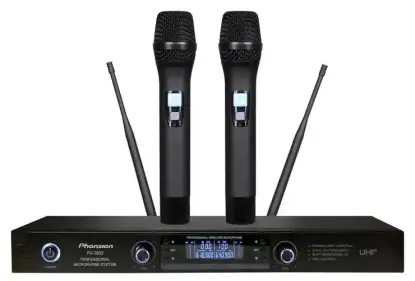
How to Get CE Certification for IT/AV for TMEU and Amazon?
In the global market, audio and video products entering the EU market or being listed on cross-border e-commerce platforms like TMEU and Amazon require CE certification. The CE mark not only symbolizes product quality and safety but also serves as a key to opening the European market.
Audio and video products that need to apply for CE certification include CRT TVs, LCD TVs, rear-projection TVs, home theater systems, speakers, amplifiers, video players, karaoke machines, CD/DVD/VCD/EVD players, MP3/MP4/MP5 players, recorders, radios, gaming consoles, answering machines, headphones, headsets, amplifiers, car media players, digital cameras, camcorders, cassette players, repeaters, and various other multimedia and electronic devices.
Understand CE Certification Directives and Standards
CE-LVD Safety Standards
Audio and video products usually need to comply with EN 62368-1, a standard covering safety requirements for audio, video, information, and communication technology equipment. This standard involves:
- Electrical Safety: Ensuring proper insulation and grounding to prevent electric leakage and faults.
- Mechanical Safety: Ensuring sturdy casing and safe moving parts (e.g., optical drives).
- Thermal Safety: Ensuring the device doesn't overheat during operation, which could lead to fires or damage.
CE-EMC Electromagnetic Compatibility (EMC) Standards
Audio and video products must meet various EMC standards, including:
- Radiated Emissions (EN 55032): Ensures electromagnetic radiation from devices doesn't interfere with other electronics.
- Conducted Emissions (EN 55035): Focuses on preventing electromagnetic interference through power lines.
- Immunity to Interference (EN 61000 series): Tests the product's resistance to external electrical and radio frequency interference.
Prepare Application Documents
Product Information
Provide detailed descriptions of the product's name, model, specifications, and materials.
User Manual
A comprehensive manual in English that includes operating instructions, functionality, maintenance tips, and safety warnings.
Technical Files
- Electrical Schematics: Show internal circuitry and component connections.
- Wiring Diagrams: Details of how wires are routed inside the product.
- Block Diagrams: Shows the relationship between key functional modules.
- Key Component List: List of crucial components and suppliers.
- Design Drawings: Diagrams illustrating the product's physical structure.
Key Components List
List of critical parts and their suppliers (e.g., display screens, decoders, amplifiers).
Quality Control Documents
Documentation about the company's quality management system, production controls, and inspection procedures.
Select a Certification Body
Notified Bodies
Certain higher-risk audio and video products must be tested by a Notified Body (EU-approved certifying authority). Ensure the selected body has the relevant qualifications for audio and video product certification.
Other Certifying Bodies
If the product is lower risk, a third-party laboratory accredited to ISO/IEC 17025 standards can also be used.
Conduct Product Testing
Sample Testing
Send representative samples to the selected certifying body. The product will undergo testing for safety, electromagnetic compatibility, and other criteria.
Test Result Evaluation
If the product passes the tests, it will proceed to the certification stage. If it fails, the product must be modified and retested.
Prepare Technical Files and Declaration of Conformity
Technical Documentation
Compile all records from the design, testing, and evaluation processes into a complete technical file.
Declaration of Conformity (DoC)
A formal statement from the company asserting that the product meets all applicable EU directives and standards.
Obtain CE Certification
Certificate Review and Issuance
The certifying body will review all documents and, if everything is in order, issue the CE certification.
Maintaining Certification
After receiving the CE certificate, the company must continue to monitor product quality and compliance. Any major product changes or updates to EU regulations may require new testing and recertification.
In conclusion, obtaining CE certification for audio and video products is a detailed and rigorous process that ensures the product complies with EU safety and quality standards, allowing legal and stable sales in the EU market.
Email:hello@jjrlab.com
Write your message here and send it to us
 Wireless Microphone Export Certification
Wireless Microphone Export Certification
 Audio-Visual Products SNI Certification in Indones
Audio-Visual Products SNI Certification in Indones
 FCC-ID: Still Needed if Module is Certified?
FCC-ID: Still Needed if Module is Certified?
 FCC Certification Fees for Handheld Fans
FCC Certification Fees for Handheld Fans
 FCC Certification Testing for Smart Lighting Produ
FCC Certification Testing for Smart Lighting Produ
 What is the ETSI EN 303 645 Testing Standard?
What is the ETSI EN 303 645 Testing Standard?
 UL Compliance and ETL Certification for LED Lighti
UL Compliance and ETL Certification for LED Lighti
 What is the IEC 60598 Standard?
What is the IEC 60598 Standard?
Leave us a message
24-hour online customer service at any time to respond, so that you worry!




